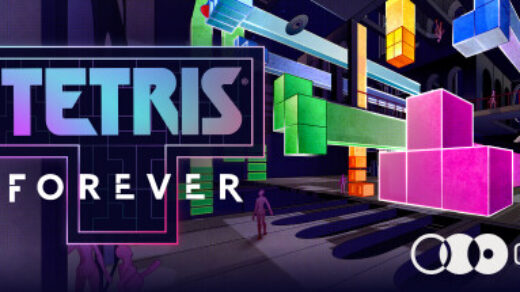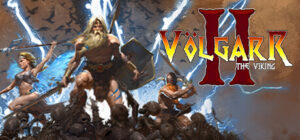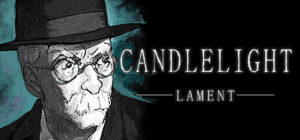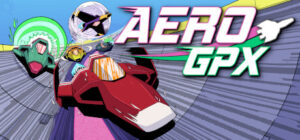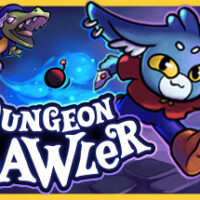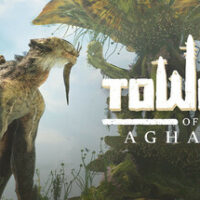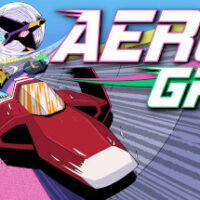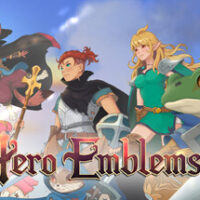SULFUR is a gripping adventure game set in a post-apocalyptic world where players navigate treacherous landscapes filled with toxic environments. As they uncover the truth behind humanity’s downfall, they must solve challenging puzzles, forge alliances, and battle sinister creatures, all while seeking hope in a desolate future.
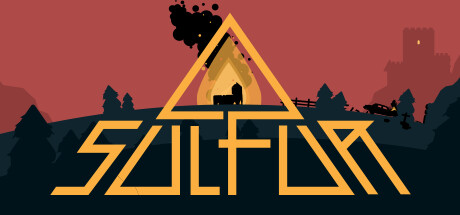
1. Game Overview
- Concept and Setting: Introduce “SULFUR” as an immersive adventure game set in a toxic, post-apocalyptic world where survival hinges on resourcefulness.
- Core Gameplay Mechanics: Discuss the blend of exploration, crafting, and environmental challenges, emphasizing the urgency of navigating a hazardous landscape.
2. Visual Style and Atmosphere
- Artistic Aesthetics: Explore the game’s striking visuals, featuring desolate environments and vibrant toxic landscapes that evoke a sense of danger.
- Storytelling through Visuals: Analyze how the art style contributes to the narrative, enhancing the player’s connection to the world and its backstory.
3. Gameplay Mechanics
- Survival Elements: Detail mechanics such as scavenging for resources, managing health, and crafting essential items to withstand the harsh environment.
- Puzzle Design: Offer insights into the types of puzzles players will face, focusing on how they relate to environmental hazards and resource management.
4. Storyline and Characters
- Narrative Overview: Summarize the plot, centering on the protagonist’s quest to uncover the cause of the apocalypse while battling inner and outer demons.
- Character Development: Provide insights into key characters, their relationships, and how their arcs influence the protagonist’s journey.
5. Soundtrack and Audio Design
- Musical Composition: Discuss the haunting soundtrack that complements the game’s atmosphere, enhancing emotional and tense moments.
- Audio Effects: Analyze how sound effects, such as environmental noises and creature sounds, contribute to immersion and tension.
6. Comparison to Other Indie Games
- Genre Comparisons: Compare “SULFUR” to other indie survival titles like “Hollow Knight” and “The Long Dark,” focusing on themes and gameplay mechanics.
- Unique Features: Highlight what sets “SULFUR” apart, such as its environmental mechanics and narrative depth.
7. Fan Reception
- Community Feedback: Overview of player reviews, emphasizing the elements that resonated most, such as the atmospheric world and engaging story.
- Popular Elements: Discuss features that players have praised, including crafting systems and environmental storytelling.
8. Future Updates or Expansions
- Speculation on Content: Discuss potential future updates, including new areas to explore, narrative expansions, or gameplay mechanics players are excited about.
- Community Requests: Highlight features or improvements frequently requested by the player base, such as additional storylines or crafting options.
9. Behind the Scenes
- Development Insights: Share information about the development team, their vision for “SULFUR,” and any notable challenges they faced during production.
- Anecdotes: Include interesting stories or behind-the-scenes moments from the game’s creation that showcase the team’s dedication and creativity.
10. Cultural and Artistic Influences
- Inspirations: Explore the cultural and artistic influences that shaped “SULFUR,” such as environmental themes and dystopian literature.
- Enrichment of Experience: Discuss how these influences deepen the gameplay experience and resonate with players, adding layers to the narrative.


